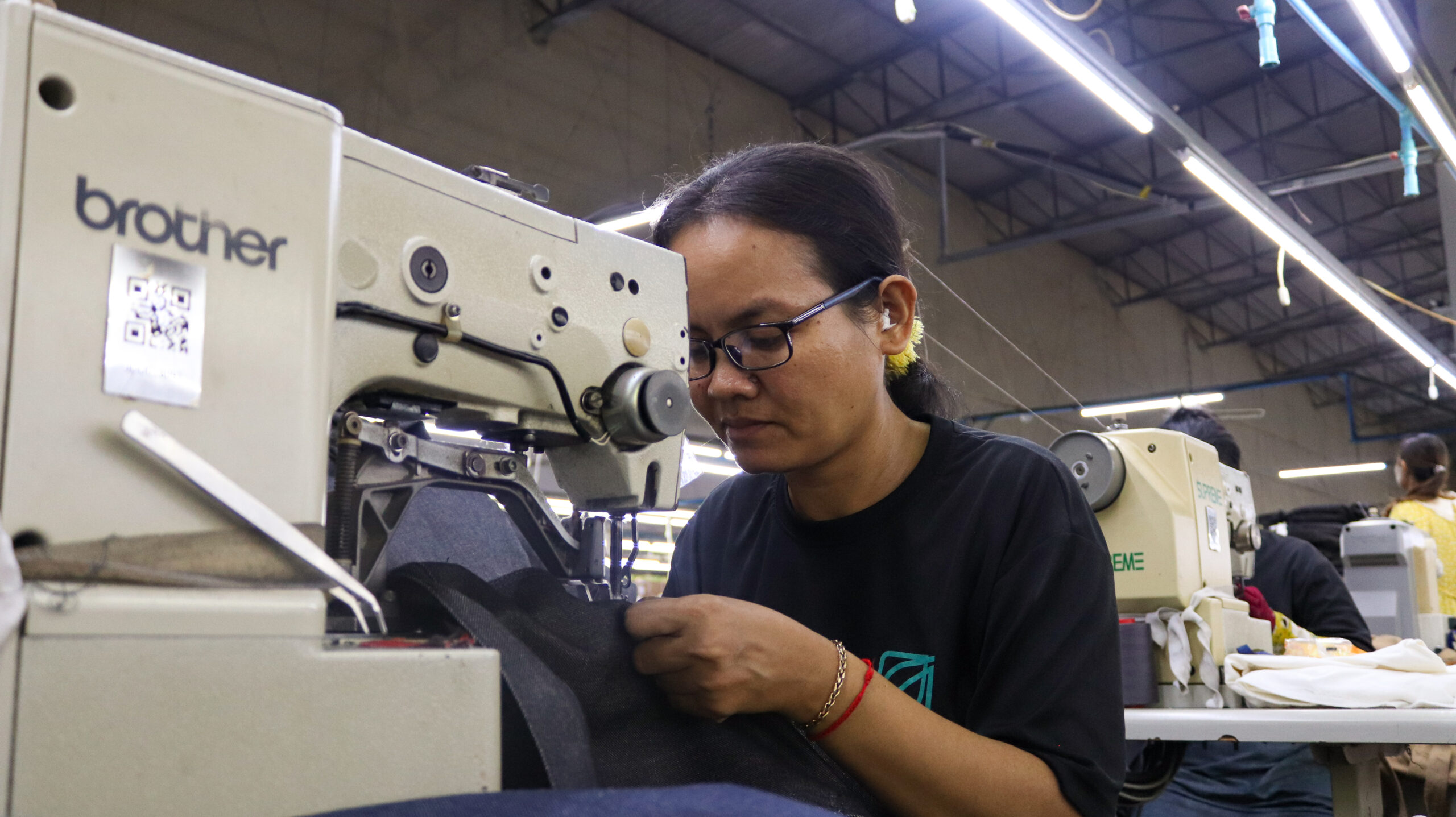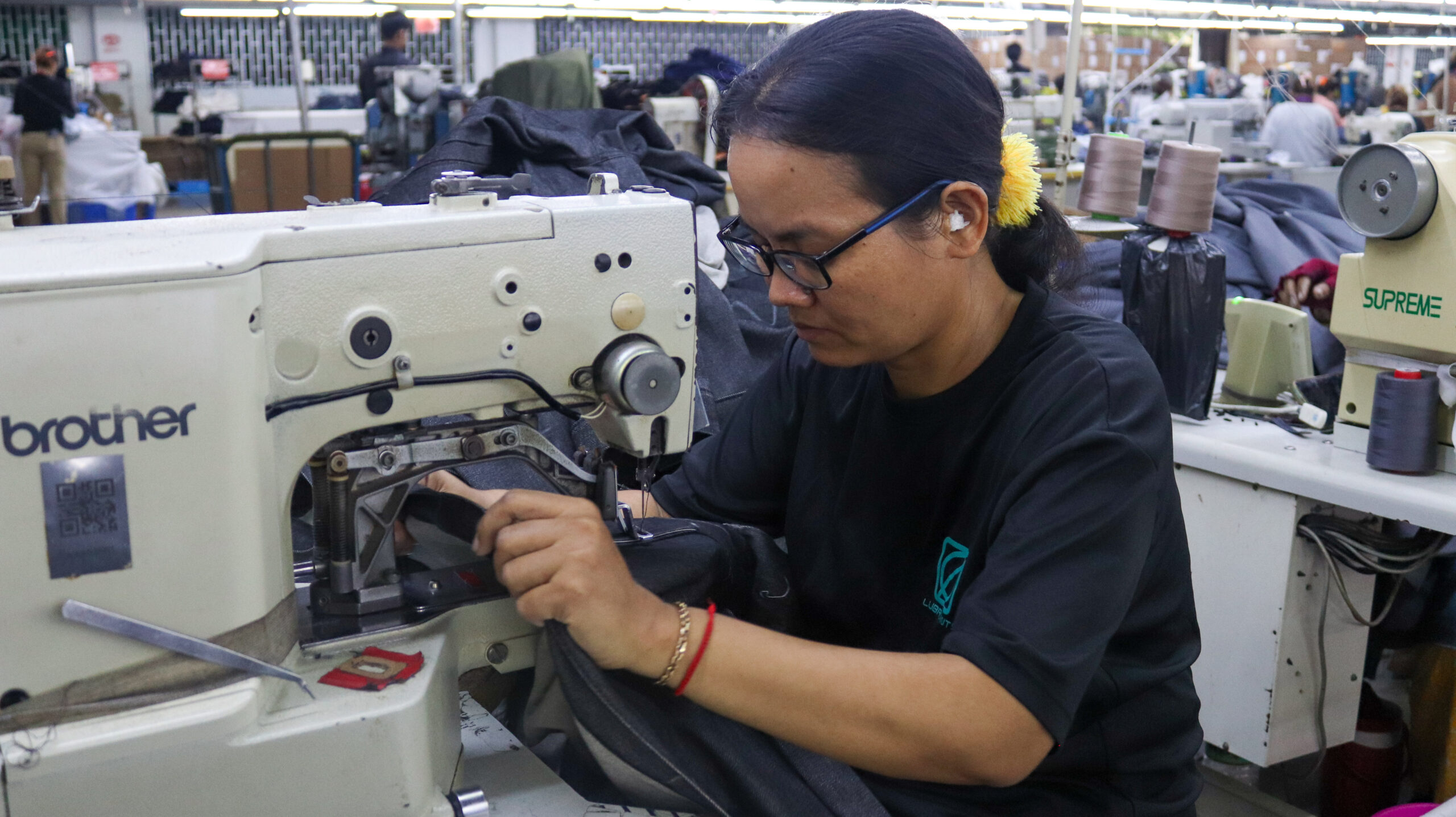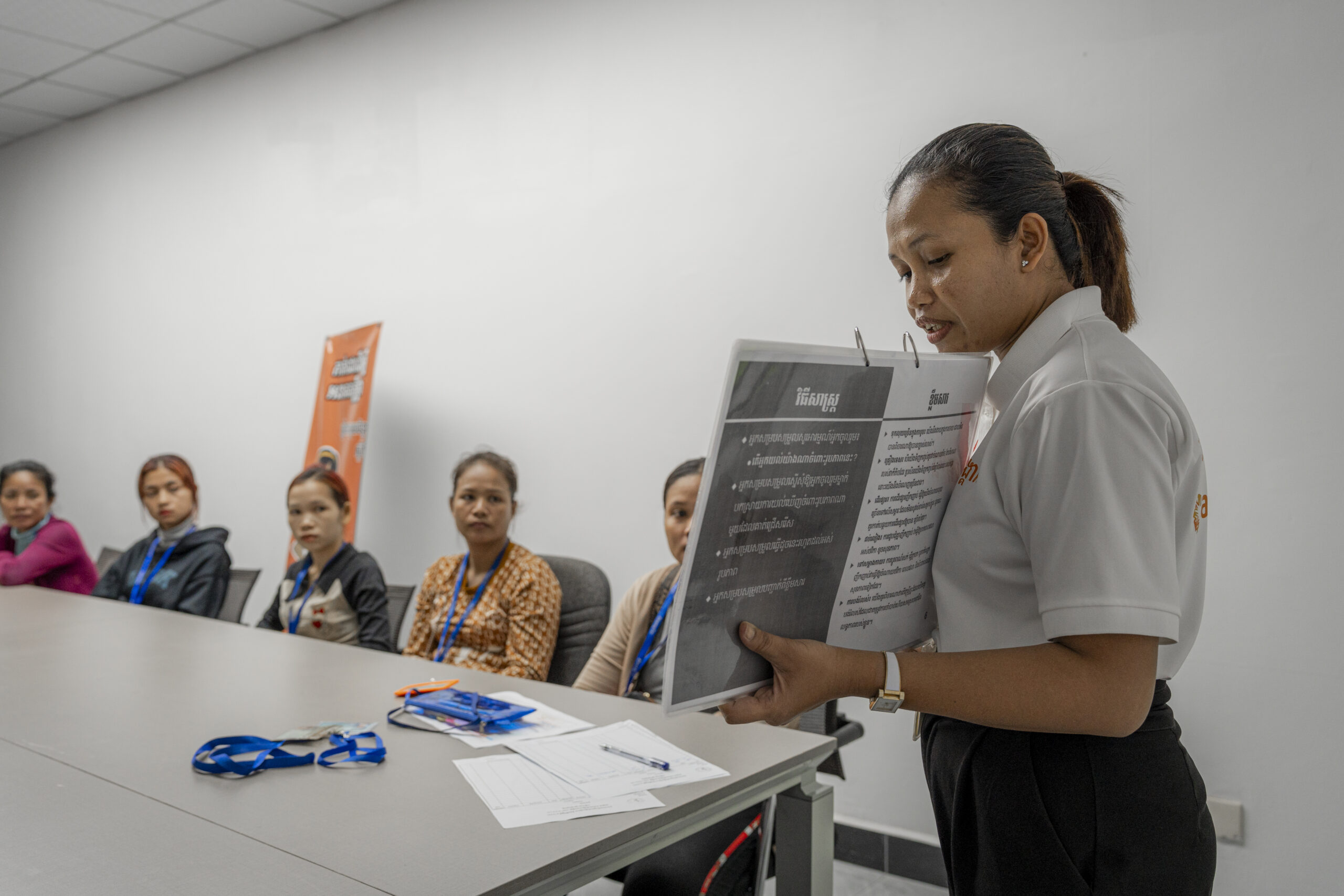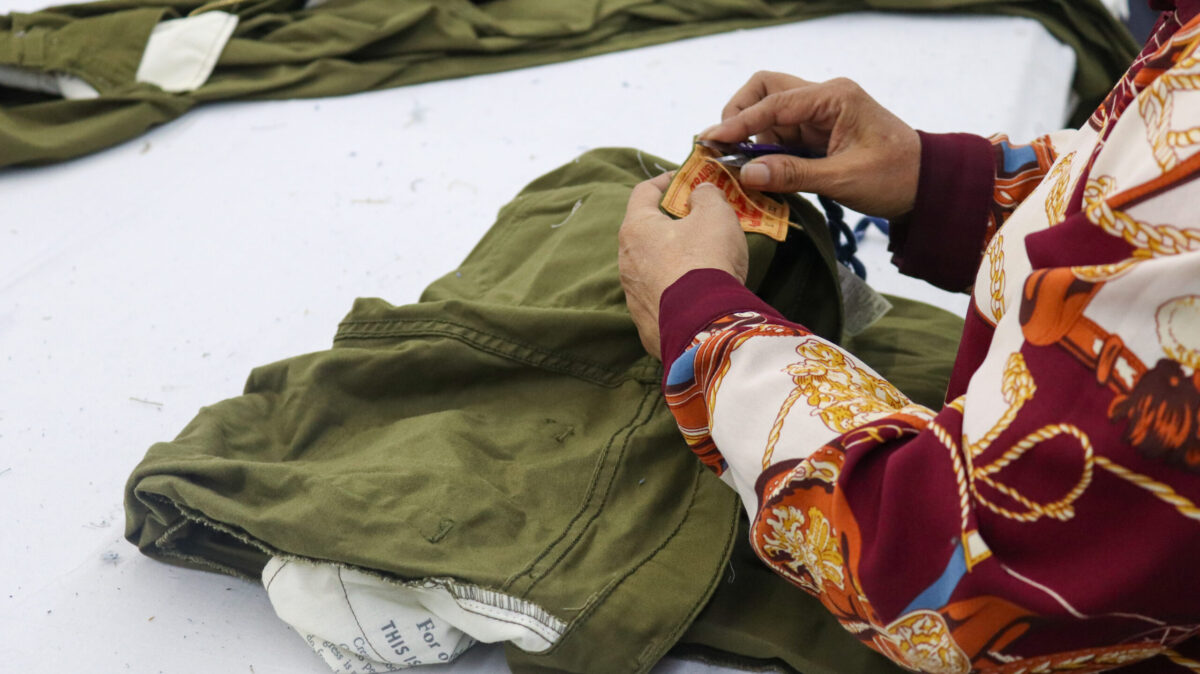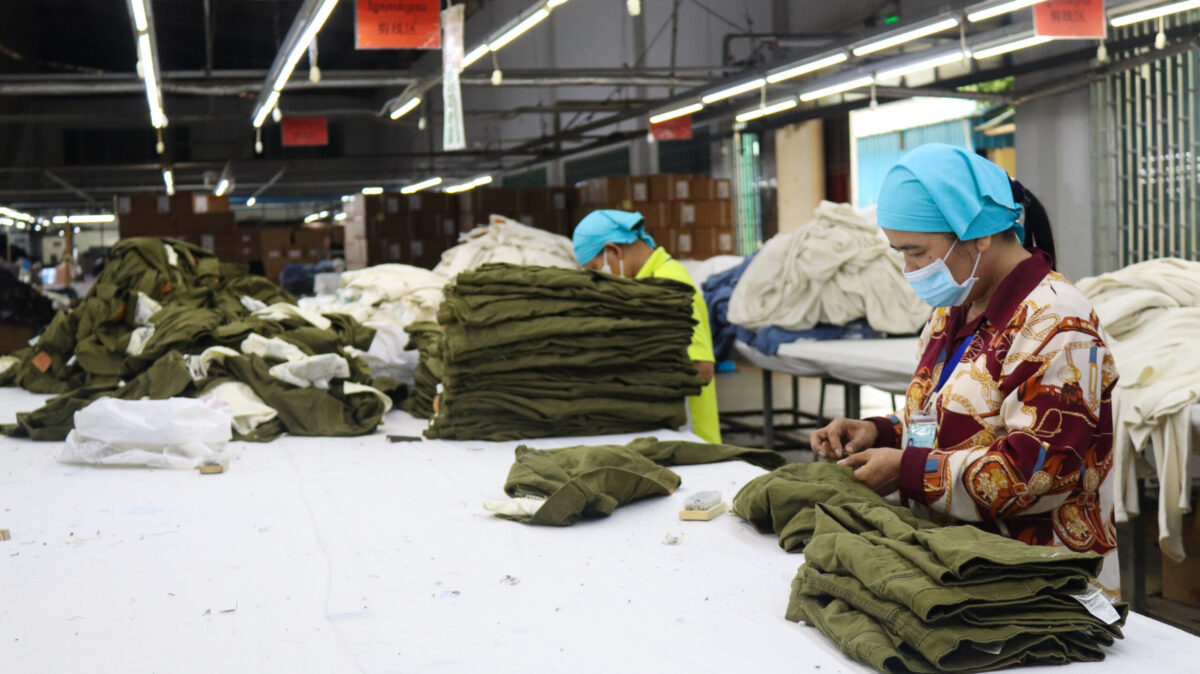“I have learned about daily nutrition, hydration intake, meal prep and the most important thing I find is the understanding on energy drinks and its consequences,” she said. The training has had a huge impact on her and her family’s daily diet from adapting better practices for her and her family’s daily nutrition to reducing the consumption of energy drinks.
She added, “I have started to slowly change to the way I eat and drink after more understanding on nutrition. I often cook healthy food and avoid sweet drinks. I am also aware that lots of garment workers are facing health problems, because of the unhealthy consumption of food and sugary drinks.”
Each session of the in-factory training included skilled educators who delivered the knowledge using visual and video materials. As the trainers are selected from the management of the factory, their connection with the workplace opens spaces for discussions and encourages the workers to participate in training sessions.
“I believe each of the garment workers deserves education about the basics of health care in their workplace.” Loch Sinara said, as she hopes her peer educators will bring different lessons to the class soon and that more workers would take the opportunity to learn.

